Makers not takers – building Australia’s tech industry with AI
The ability of Artificial Intelligence to be developed and used at scale is changing the way problems are solved – from global food shortages to weed identification. The Queensland AI Hub is encouraging a national focus to push AI’s potential by supporting local AI developers – to reduce risk across the supply chain and take control of Australia’s assets, from natural resources to power.
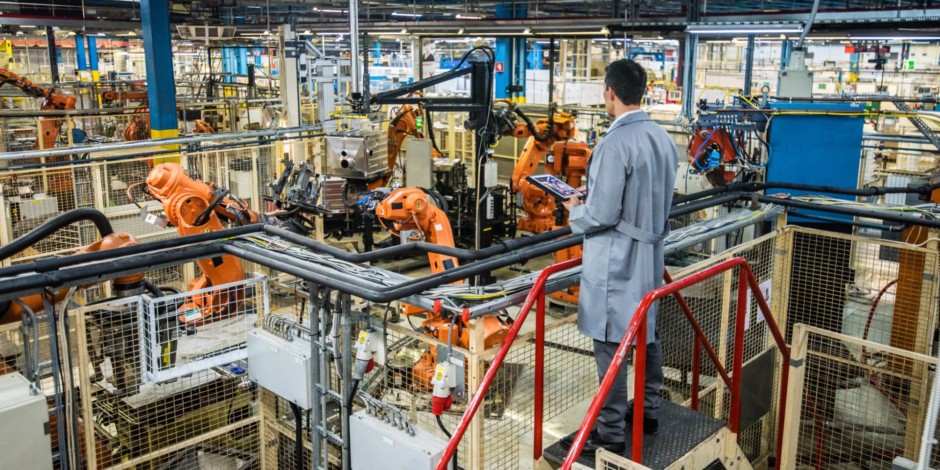
Sue Keay has been recognised as one of Queensland’s most influential leaders, a superstar of STEM and last year won a World of Drones and Robotics Congress Outstanding Individual Contribution Award for her work assisting the set-up of the world’s first robotic vision research centre.
Now, she’s leading the Queensland AI Hub as the organisation’s CEO, working tirelessly to grow the Australian AI industry – which she says is currently operating, largely, as a well-kept secret.
“The QLD AI Hub’s core business is all about advocating the need for us in Australia to have a sovereign capability in the development of AI,” said Sue Keay.
“Unfortunately, it’s a well-kept secret – we’re upskilling existing AI practices, but we need to show how other businesses can use it to grow and prepare the community for the changes that are coming as more AI tech comes into play.”
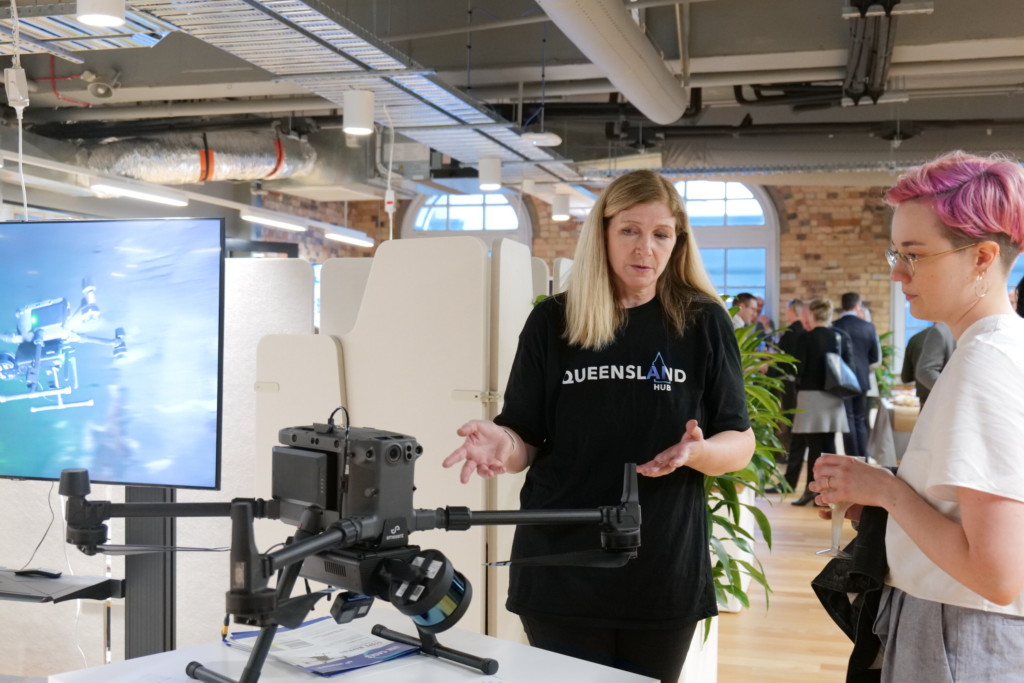
Sue Keay, CEO of the QLD AI Hub speaking with Dr. Tara Roberson, a researcher in quantum/AI/social sciences and looking at Emesent’s Hovermap technology.
Breaking into the AI race pack
While Australia is maintaining a satisfactory position in overall AI development globally, Sue said a post-pandemic playing field is likely to change that.
“We’re not in the Top 10 currently we’re not too far down the pack – but something everyone should be concerned about is the level of investment that’s happening at both government and industry level in most other countries, that’s not happening in Australia at the moment,” she said.
“We are seeing, and going to see, so much competition for talent in this space. Canada, the US, UK, even Finland, are making themselves a lot more attractive to our talent, which is a pity.
“Australia’s strength in AI is in the physical manifestation of AI. How we apply AI out on mine sites and farms, where it might be in the form of robots, autonomous vehicles, sensing systems or drones collecting huge volumes of data about the natural environment to make decisions and generally help in industries where we’re already experiencing labour shortages or where it’s dangerous for people to be working.”
RELATED: Human-like robotics to save time and food waste
“Australia has a great reputation in the development of field robotics and a really strong research base in areas of AI like computer vision, which is increasingly being used across all domains.
“We also have a lot of natural advantages here and tend to develop AI technologies that are solving unique Australian problems but that doesn’t mean those problems aren’t challenges other countries face, it just might be that they haven’t prioritised them – and that’s where we have a great opportunity.”
Playing to our strengths
Australia’s stable and progressive political climate is a strength, Sue believes the AI sector can use to its advantage.
“A stable political base means that the tech we develop will adhere to the ethical and cultural values we’d like to see maintained and we could position ourselves as the number one supplier of trustworthy AI tech,” she said.
“It’s a worrying trend where other governments are using AI for surveillance of citizens and many Australians aren’t comfortable with that.
“There is also the issue of sovereign risk if we rely on other countries for some of this technology. For example, we don’t want sensor tech that is controlling our water and energy assets that are manufactured in other countries.
“There’s a number of reasons to be the people producing these technologies, and while the tech is fairly early stage in some cases, Australia has led the development of these types of platforms but then it has been commercialised offshore and then imported back into Australia.
“I think given the right conditions we can really grow those Australian companies into global competitors.”
RELATED: FarmLab, ready to scale soil carbon tech for global market
‘Brutal’ battle for local AI and agritech companies
The work involved to scale up local AI companies in the agritech space is never-ending – but worth it, explained Sue.
“One local company told me there were 10 other agtech companies competing with them when they were starting out and now there’s only two, so it’s pretty brutal,” said Sue.
“But if we can support them better, it means mines and farms and other industries can rely on local suppliers.”
Despite the challenges, Sue said there are great examples of Australian developed AI that are leading at an international level and solving big problems.
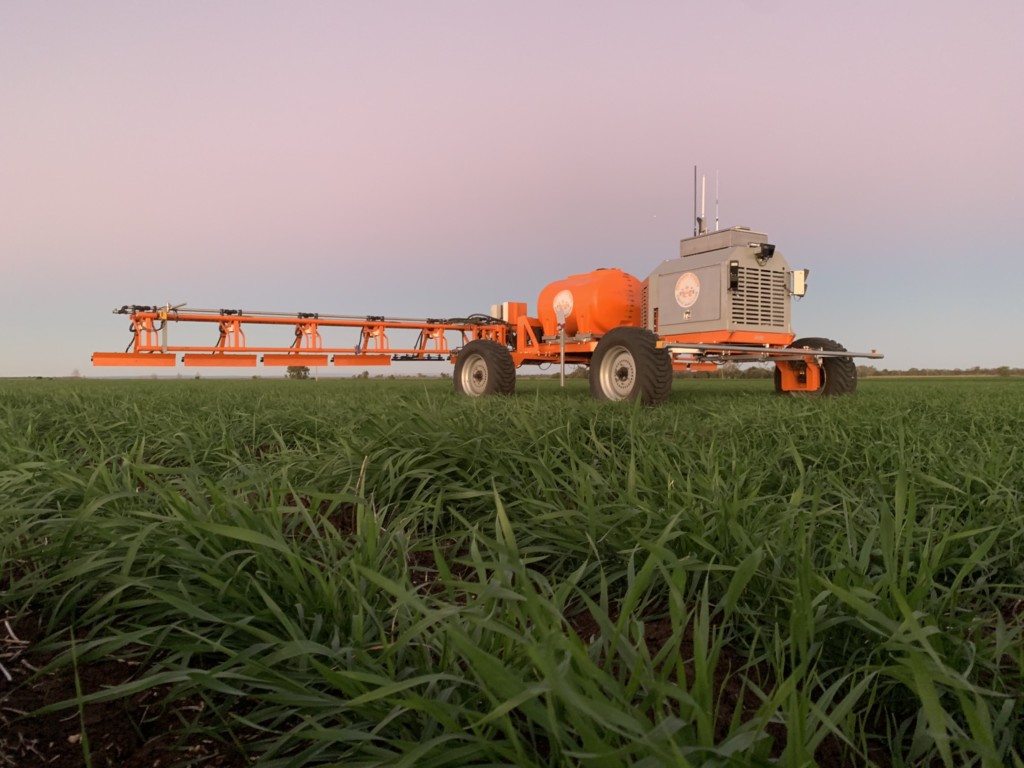
Queensland-based robotics startup, Swarmfarm.
“In Australia we’re seeing the development of autonomous weed detection or spraying units, and producing tech where livestock are tracked with detailed information about their health, and the use of data through sensing programs for virtual models of farms, allows industry to use information to make informed decisions,” she said.
“There are some great experimental platforms being built locally that have huge potential for the ag and farming sectors, such as better access to computer processing, batteries with longer life spans, and an increase in lightweight tech that can be retrofitted onto existing equipment.
“We’re going to see an increase in the velocity at which these are applied but in a lot of cases these technologies are still quite experimental, which can mean helping Australian companies scale and remain local companies continues to be really tricky, as access to early capital is difficult.”
RELATED: Farmer-founder trials pay off in the paddock
Time for ambitious leadership to push AI
While the opportunities are endless, the right conditions elude the Australian AI landscape – for now. Sue said the industry remains hamstrung by a lack of ambitious leadership at a government level.
“South Korea have set a target to be the number three AI country in the world by 2024 through a strategy that sets out clear actions that need to happen across all government departments to support industry and actions to help upskill the general population by making it mandatory for public servants and people in the defence force to learn about AI,” she said.
A risk adverse business community in Australia is also a roadblock for local AI companies, according to Sue.
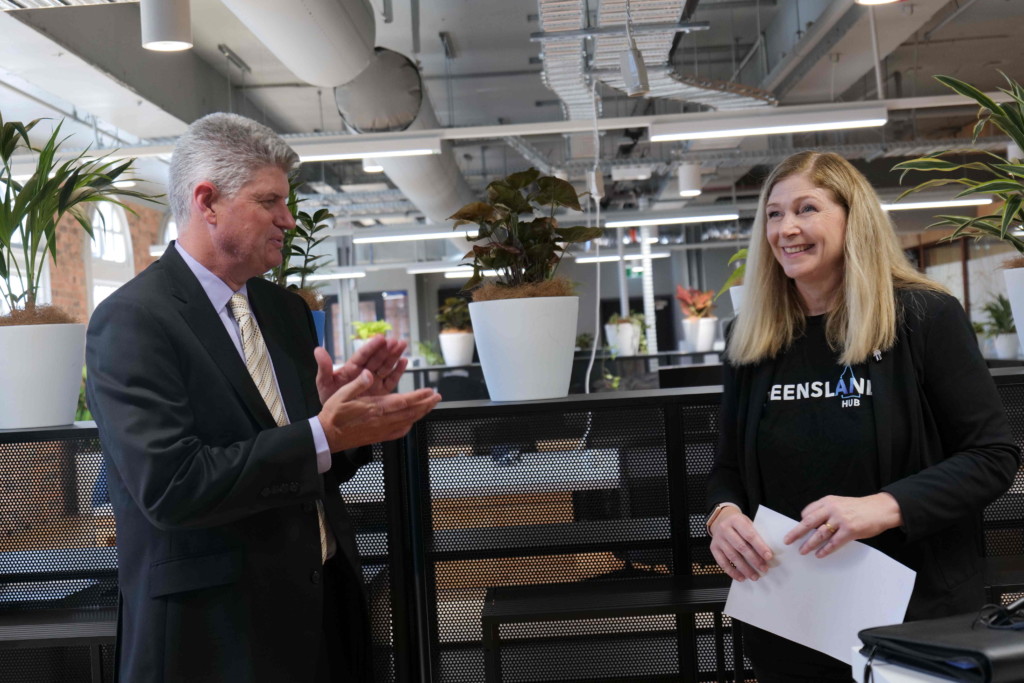
Queensland AI Hub CEO, Sue Keay speaking with the Hon. Stirling Hinchliffe Minister for Tourism Industry Development and Innovation and Minister for Sport at the AI Hub, at the physical space launch on 6 May 2021.
“As consumers, we leap onto new tech and are early adopters, but in our businesses, we don’t take on the same view. We need to create an environment for business where risk-taking is acceptable and I think government procurement is a good example of that,” she said.
“We have a lot of AI companies who don’t even sell into Australia, they sell overseas and find it easier to sell to the US government and military than into our government or many other Australian organisations.
“Perhaps we haven’t felt the same competitive pressures but there are certain strategies they use in the US to allow government to work with SMEs up to a half a million dollars, which is much higher than in Australia, without having to go through complex contracting processes.
“If you take a risk averse approach, you’re sitting around waiting for someone else to prove it’s ok.”
Scaling up – with speed
At its core, AI augments human potential – but its greatest asset is its ability to scale.
“You only have to look at this through something like robotics,” said Sue.
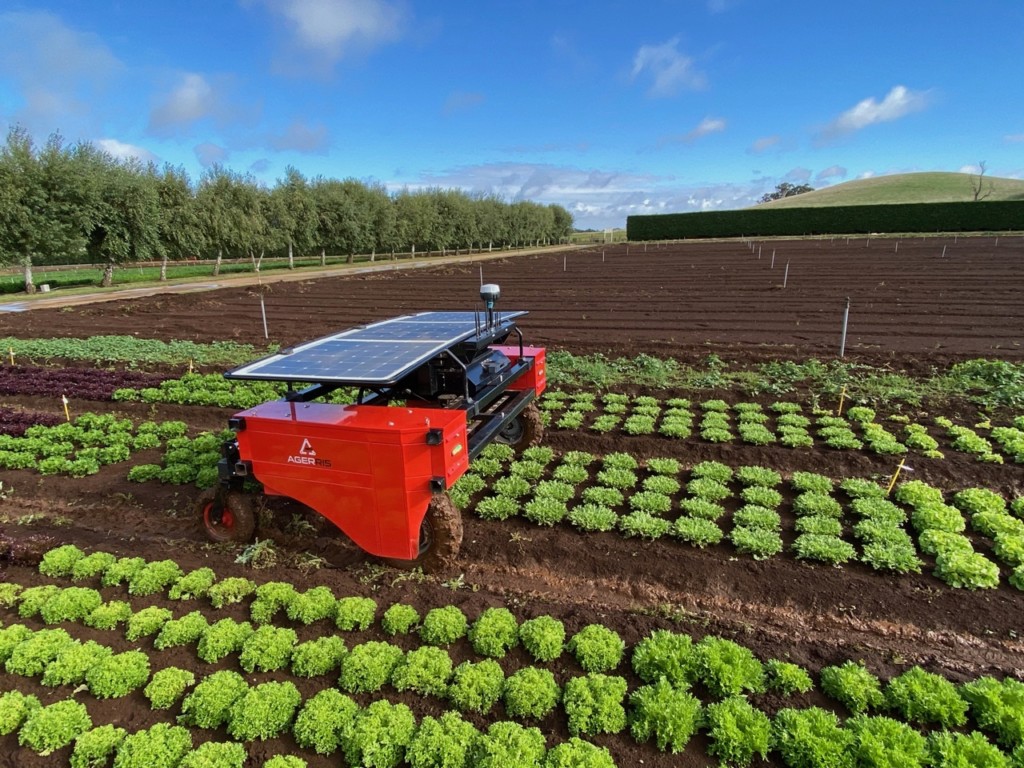
Australian robotics startup, Agerris and its Digital Farmhand at work.
“Once you train a robot or algorithm to solve a problem, you can disperse that information across all robots and computers to work on that problem – and that’s how you achieve scale.
“The real opportunity we have in AI is to help us solve intractable problems we haven’t been able to solve in the past with humans alone – then it’s a case of, name your problem.
“When we look at this in the sense of food and fibre supply in Australia, we’re one of four countries to be self-sufficient, so how do we apply AI to feed the rest of the world?
“The next step is how can we use AI to shore up some of the gaps we’ve discovered in the supply chain, thanks to COVID?
“When you look at fruit picking where there’s labour shortages, the tech isn’t there yet to make a dent on this, but it will happen. Getting everybody ready for that change is key because when it comes there will be huge opportunities.”
“Ideally, we’ll have machines picking fruit and harvesting crops, but you need people to ensure they’re operating properly and make sure there’s no gaps in the supply chain and the food is safe by the time its consumed either in Australia or the other side of the world – I would hope we see that in the next 10 years.”
Enjoyed this story? Want to learn more about the Asia Pacific region’s innovative agrifood tech ecosystem? Sign up for our newsletter here and receive fresh stories about global leaders, farmers, startups and innovators driving collaborative change.
